Guide on Customer Lifetime Value (LTV) in 2025
Contributors:
Amol Ghemud
Published: September 26, 2024
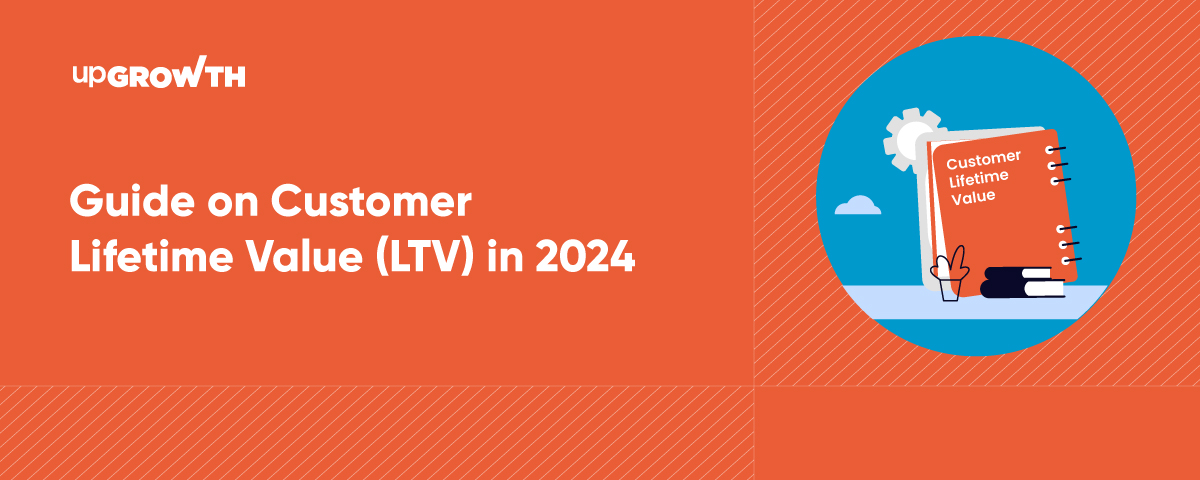
Summary
Customer Lifetime Value (LTV) refers to the total revenue a business can expect from a customer over their entire relationship. In 2024, understanding LTV is crucial for optimizing marketing strategies and customer retention, as acquisition costs rise. Businesses can calculate LTV using the formula: Average Purchase Value × Purchase Frequency × Customer Lifespan. By focusing on retention, personalization, and upselling, companies can increase LTV. AI and predictive analytics further refine LTV calculations, allowing businesses to allocate resources effectively and drive sustainable growth.
In the fast-evolving digital landscape of 2025, businesses are navigating a rapidly changing ecosystem where understanding and maximizing the value of their customers is more critical than ever. Amidst these shifts, Customer Lifetime Value (LTV) stands out as a key metric for driving sustainable growth. But what does LTV mean in today’s tech-driven, customer-centric world? And how can businesses adapt to ensure they extract maximum value while providing unparalleled customer experiences?
Let’s dive deeper into the concept of LTV, explore its growing importance, and highlight cutting-edge strategies like personalization, AI-driven insights, and predictive analytics that businesses can leverage to maximize profitability in 2025.
What Exactly Is Customer Lifetime Value (LTV)?
LTV, in its simplest form, refers to the total revenue a business can expect from a single customer over the duration of their relationship. It’s not just about that one-time purchase someone makes. LTV encompasses the future purchases they will make, the subscriptions they’ll renew, and the word-of-mouth referrals they’ll generate for you.
Picture this: A customer buys a product from your e-commerce store today. They return in six months to buy another, and then again in a year. The sum of all their purchases? That’s their LTV. But LTV goes beyond mere dollars. In a digital economy, where customer loyalty has become an increasingly scarce resource, knowing how much each customer will bring in is essential to forming marketing strategies.
Let’s make it more interesting. What if a new customer walks through your virtual doors? Should you invest $100 in acquiring them, or is that too much? With LTV, you’ll have an answer.
Why LTV Will Be Crucial in 2025?
In 2025, the importance of Customer Lifetime Value (LTV) is set to reach new heights as businesses contend with evolving customer expectations, competitive pressures, and technological advancements. Here are the key reasons why LTV will be indispensable for sustainable growth:
1. The Shift to Customer-Centric Models
As customers demand personalized experiences, businesses must focus on building lasting relationships rather than one-off transactions. LTV helps quantify the long-term value of these relationships, enabling brands to allocate resources toward strategies that foster loyalty and engagement.
2. Rising Customer Acquisition Costs (CAC)
With increasing competition across digital platforms, acquiring new customers is becoming more expensive. LTV provides a clear picture of the revenue potential from existing customers, helping businesses prioritize retention strategies that deliver a higher return on investment (ROI).
3. The Role of Predictive Analytics and AI
In 2025, AI-driven insights will empower businesses to predict customer behavior more accurately. This allows for more precise LTV calculations and enables proactive interventions to enhance customer satisfaction, reduce churn, and maximize profitability.
4. Subscription and Recurring Revenue Models
The continued dominance of subscription-based models across industries emphasizes the need to measure and optimize LTV. For businesses relying on recurring revenue, understanding LTV is critical for refining pricing strategies, improving customer onboarding, and ensuring long-term profitability.
5. Hyper-Personalization at Scale
Advances in technology enable hyper-personalized marketing, but these efforts require significant investment. LTV helps justify these costs by identifying high-value customer segments and ensuring marketing efforts are directed toward audiences that promise the highest returns.
6. Sustainability and Ethical Growth
As businesses aim to align with sustainable practices in 2025, LTV becomes a vital metric for ensuring profitability without over-relying on aggressive acquisition tactics. Businesses can achieve ethical and sustainable growth by focusing on customer retention and satisfaction.
7. Data-Driven Decision Making
With access to more customer data than ever, businesses can refine their understanding of LTV. This insight enables smarter, data-driven decisions around product development, marketing spending, and customer experience initiatives.
By embracing LTV as a core metric in 2025, businesses can focus on nurturing deeper, more meaningful customer relationships while maximizing profitability in a competitive and fast-changing market.
How to Calculate Customer Lifetime Value?
Now, the calculation of LTV has always involved some math. Let’s walk through a basic formula that businesses are using:
LTV=Average Purchase Value×Purchase Frequency×Customer Lifespan\text{LTV} = \text{Average Purchase Value} \times \text{Purchase Frequency} \times \text{Customer Lifespan}LTV=Average Purchase Value×Purchase Frequency×Customer Lifespan
Here’s the breakdown:
Example:
Let’s say you own a subscription box service. The average subscriber pays $30 per month (average purchase value), subscribes for 18 months (customer lifespan), and renews their subscription twice a year (purchase frequency).
LTV=30×2×18=$1080\text{LTV} = 30 \times 2 \times 18 = \$1080LTV=30×2×18=$1080
In this scenario, your LTV is $1,080 per customer.
Pro Tip: In 2024, companies are increasingly using predictive analytics to forecast LTV. These advanced methods can factor in more complex variables like churn rate, customer engagement, and even socioeconomic data to refine these estimates further. They are already more difficult to calculate, but it is necessary to calculate customer lifetime value in 2024. This is where an AI helper comes to the rescue. With the help of the best math AI solver, any mathematical operations become easier. This app can calculate any formula just from a photo.
Strategies to Increase LTV in 2025
As businesses prioritize Customer Lifetime Value (LTV) in 2025, adopting innovative and customer-centric strategies will be key to fostering long-term loyalty and profitability. Here are four effective strategies to increase LTV in 2025:
1. Hyper-Personalization with AI and Machine Learning
Why It Works: Customers in 2025 expect highly tailored experiences. AI and machine learning tools can analyze customer behavior, preferences, and past interactions to create hyper-personalized recommendations and offers.
How to Implement:
- Use AI-driven platforms to customize email marketing campaigns based on user behavior.
- Implement dynamic pricing or personalized product bundles for repeat customers.
- Leverage predictive analytics to recommend future purchases or services.
2. Invest in Exceptional Customer Experience (CX)
Why It Works: An exceptional customer experience builds trust and loyalty, encouraging repeat purchases and reducing churn.
How to Implement:
- Offer seamless omnichannel support with chatbots, live agents, and self-service tools.
- Use proactive customer service—addressing issues before they escalate using AI-driven alerts.
- Focus on fast delivery, easy returns, and a user-friendly interface for digital platforms.
3. Create Loyalty and Rewards Programs with a Personal Touch
Why It Works: Rewarding customer loyalty retains valuable customers and encourages higher spending.
How to Implement:
- Design tiered loyalty programs with meaningful benefits, like exclusive access or discounts.
- Introduce gamified elements—customers earn rewards for repeat actions like purchases or referrals.
- Use data insights to personalize rewards based on individual preferences or purchase histories.
4. Encourage Subscription Models and Cross-Selling
Why It Works: Subscription services ensure recurring revenue, while cross-selling increases the average value per transaction.
How to Implement:
- Introduce subscription offerings where possible, even in non-traditional sectors.
- Use data-driven insights to suggest complementary products or services post-purchase.
- Employ “freemium-to-premium” models to convert casual users into paying customers over time.
Challenges of Measuring LTV in 2025
1. Data Privacy Regulations and Limited Tracking
- Stricter privacy laws like GDPR and CCPA restrict user data access, making tracking customer behavior harder.
- The elimination of third-party cookies complicates measuring customer interactions across platforms.
2. Complex Customer Journeys
- Customers interact with brands across multiple online and offline channels, leading to fragmented data.
- Attribution of customer value to specific channels or touchpoints becomes increasingly difficult.
3. Dynamic Customer Behavior
- Shifting consumer preferences and behaviors make long-term value predictions more uncertain.
- Subscription fatigue and reduced brand loyalty disrupt traditional LTV models.
4. Dependence on Predictive Analytics
- Inaccurate or biased AI models can lead to flawed LTV predictions.
- Continuous real-time updates to predictive algorithms are necessary to ensure relevance in fast-changing markets.
Effectively measuring and optimizing LTV in 2025 will require businesses to navigate these challenges with innovative tools, robust data strategies, and a customer-first approach, ensuring long-term success in an ever-evolving marketplace.
How Businesses Can Use LTV to Drive Growth
Once you have a solid grasp of your LTV, the possibilities for business growth become almost endless. Customer segmentation, for example, allows you to group customers by their LTV and tailor marketing strategies to each segment. Spend more on ads for high-LTV segments, while maintaining lower CAC for others.
Further, companies with a clear understanding of LTV often find themselves more confident when it comes to budgeting for marketing campaigns, knowing exactly how much they can afford to spend on customer acquisition without eating into profit margins.
The Future of LTV in 2025
Looking ahead, the way businesses approach LTV will continue to evolve. AI will play an even greater role in predicting lifetime value, with machine learning algorithms analyzing data in real-time. This will allow businesses to adjust their marketing efforts on the fly, maximizing the value of each customer at every stage of their journey.
Additionally, as sustainability and social responsibility become greater concerns for consumers, businesses will likely begin factoring in ethical considerations into their LTV strategies, ensuring they aren’t just retaining customers but building meaningful, values-driven relationships.
Conclusion
Understanding and leveraging Customer Lifetime Value (LTV) in 2025 is no longer just a good practice—it’s essential for success. As acquisition costs rise and customer loyalty becomes more elusive, businesses that prioritize LTV stand to gain a competitive edge. By increasing retention, personalizing experiences, and navigating the complexities of modern consumer behavior, businesses can ensure they’re not just surviving in 2025 but thriving.
FAQs
1. What is Customer Lifetime Value (LTV)?
Customer Lifetime Value (LTV) refers to the total revenue a business can expect from a single customer over the entire duration of their relationship. It includes future purchases, subscription renewals, and word-of-mouth referrals.
2. Why is LTV important for businesses in 2025?
LTV is crucial for businesses as it helps justify customer acquisition costs (CAC) by understanding the value each customer brings. In an environment of rising acquisition costs, knowing LTV allows businesses to optimize marketing strategies and improve customer retention.
3. How is Customer Lifetime Value (LTV) calculated?
The formula for LTV in 2024 is:
LTV = Average Purchase Value × Purchase Frequency × Customer Lifespan.
This formula helps businesses estimate how much revenue a customer will generate over their relationship with the company.
4. What are the key factors that influence LTV?
The key factors that influence LTV include the average purchase value, how frequently a customer buys, and the length of time a customer remains loyal to the brand.
5. How can businesses increase LTV in 2025?
Businesses can increase LTV in 2025 by leveraging AI-driven personalization, creating exceptional customer experiences, and implementing loyalty programs that foster long-term engagement. Focusing on retention strategies like subscription models and cross-selling also ensures sustainable growth.
6. Why is customer retention crucial for improving LTV?
Retaining customers is cheaper than acquiring new ones, and a higher retention rate directly leads to a higher LTV. Retaining even 5% more customers can boost profits by 25% to 95%, according to studies.
7. What role does personalization play in increasing LTV?
Personalization improves customer experience and drives loyalty, which can lead to increased LTV. In 2024, businesses use AI-powered tools to tailor emails, recommendations, and website experiences based on customer preferences and behaviors.
8. What strategies can businesses use to upsell and cross-sell to increase LTV?
Businesses can upsell by offering premium products or features and cross-sell by recommending complementary products. In 2024, AI and algorithms suggest these options at the right time without overwhelming the customer.
9. What challenges do businesses face in measuring LTV in 2025?
Businesses face challenges like stricter data privacy regulations, fragmented customer journeys across channels, dynamic consumer behavior, and reliance on predictive analytics, which require constant refinement to ensure accurate LTV calculations.
10. How does the rise of AI and predictive analytics impact LTV calculations?
AI and predictive analytics allow businesses to refine LTV calculations by factoring in additional variables like churn rate, customer engagement, and socioeconomic data. This leads to more accurate predictions of future customer behavior.
11. How can businesses use LTV to drive sustainable growth?
By segmenting customers based on their LTV, businesses can allocate more resources to high-LTV customers while controlling CAC for lower-LTV segments. This allows businesses to scale marketing campaigns effectively without reducing profitability.
12. What is the future of LTV in the digital landscape of 2024?
In the future, AI will play a larger role in predicting and optimizing LTV. Businesses will adjust their marketing strategies in real-time based on customer behavior, and ethical considerations will increasingly factor into long-term customer relationships.
About the Author
Optimizer in Chief
Amol has helped catalyse business growth with his strategic & data-driven methodologies. With a decade of experience in the field of marketing, he has donned multiple hats, from channel optimization, data analytics and creative brand positioning to growth engineering and sales.
 Growth Strategy and Planning
Growth Strategy and Planning Inbound Growth
Inbound Growth Growth Hacking
Growth Hacking Search Engine Optimization
Search Engine Optimization Paid and Performance Marketing
Paid and Performance Marketing Social Media Marketing
Social Media Marketing AI-Driven Growth Strategy
AI-Driven Growth Strategy
 Growth Tools
Growth Tools Offers
Offers





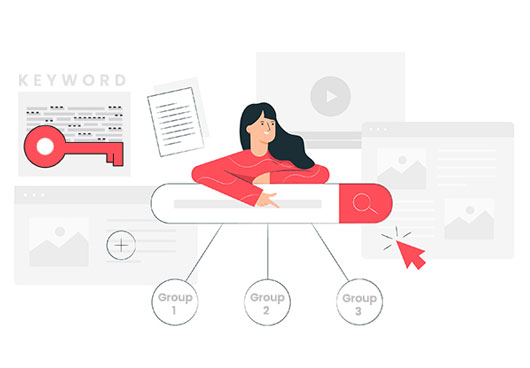
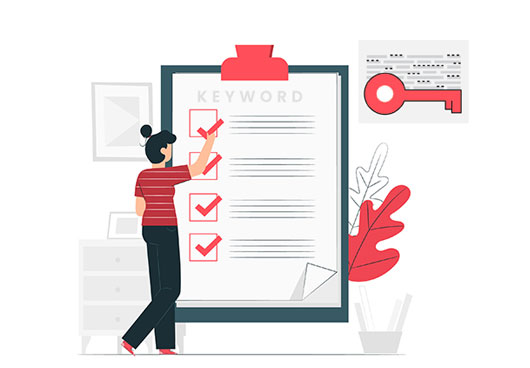


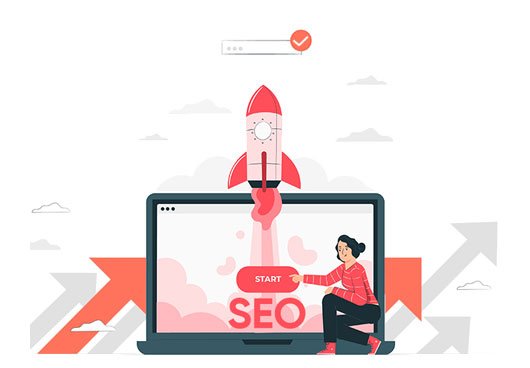
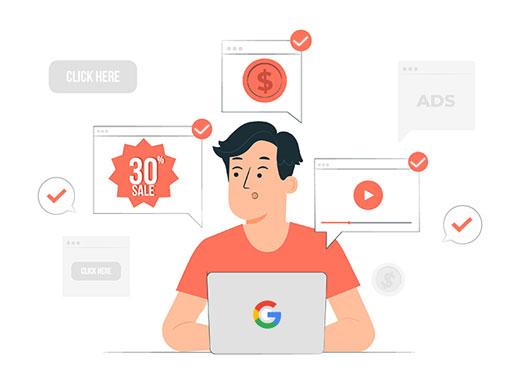




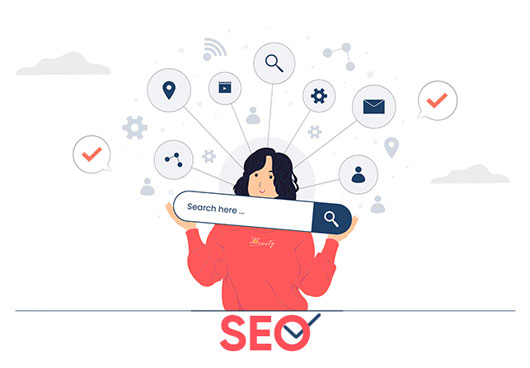


Leave a Reply